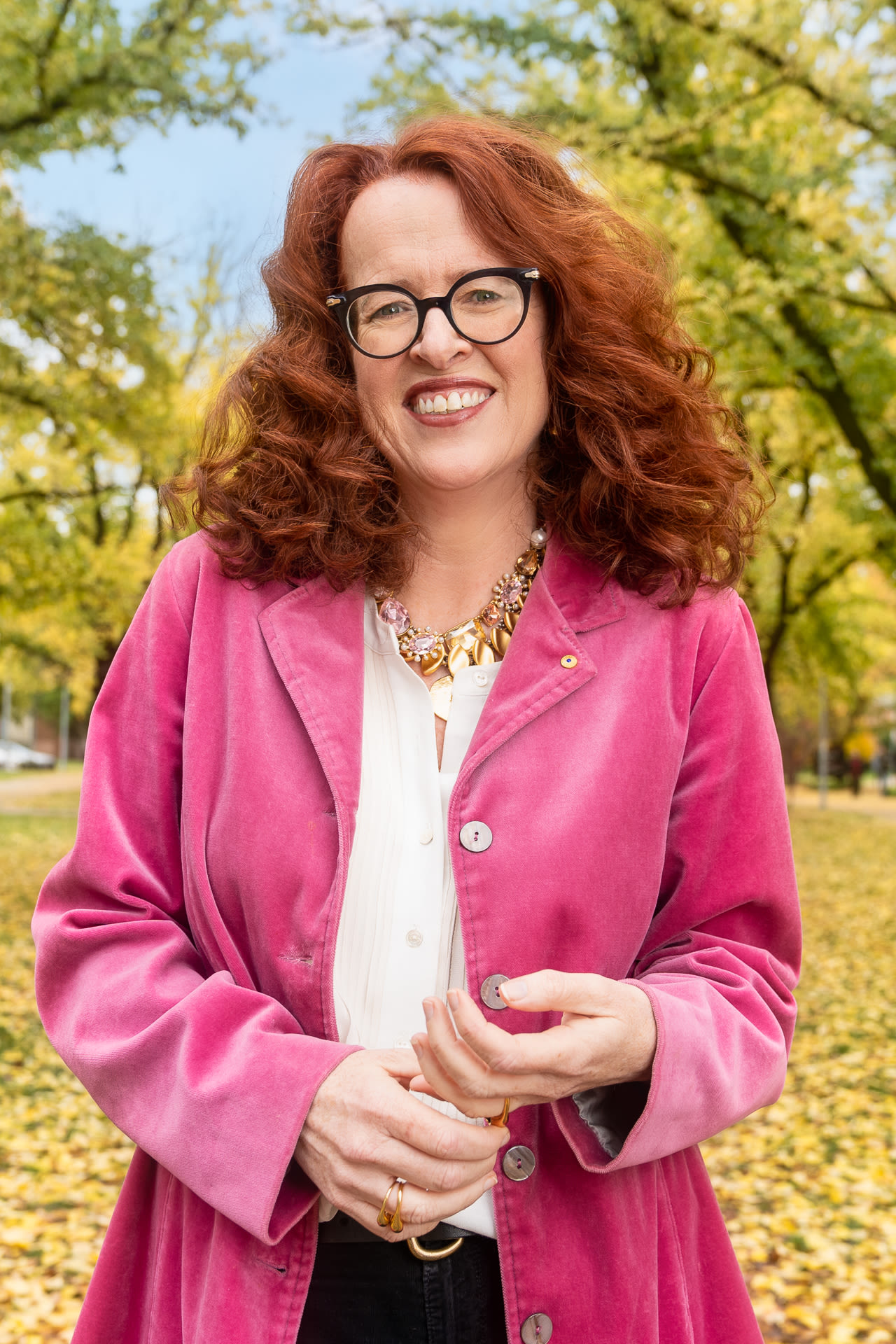Genevieve Bell on advancing user research

Portrait of Genevieve Bell
Research and design pioneer Genevieve Bell on what’s needed to push the craft to the next level.
Professor Genevieve Bell is a fantastic conversational partner. Like all good professional academics, she has an incredible grasp of a range of topics, including (but not limited to) history, technology, government, sociology, and obviously, anthropology.
In a recent article, we spoke to Bell about the future of technology. Given her leading role in building Intel’s social science’s competency and current mission to invent an entirely new branch of engineering, it’s a subject that Bell is more than well-versed in. (Take that as a nudge to give the article a read, if you haven’t already!).
To be sure, Bell is a fount of knowledge on any given number of topics, but in matters of research—she’s one of the best minds in the biz. Naturally, we jumped at the opportunity to hear her thoughts on the future of the discipline.
In our conversation, we talked about diversity, “productive discomfort,” and what cybernetics—a decades-old transdisciplinary study of systems—can teach us about research. While we couldn’t cover everything, what follows is a few high-level thoughts designed to inspire creativity and trigger the imagination to rethink our approach to product research and design.
Embrace “productive discomfort”
Bell and I begin by discussing the merits of diversity in research. It’s a common theme in the research community as more people become aware of the startling impact a lack of diverse voices has on product development and society as a whole. We even wrote an article recently that provided a few tips for anyone looking to make their practice more inclusive.
However, beyond including diverse perspectives in research—which can often be a box-ticking exercise lacking in substance, Bell pushes the concept. She suggests that more voices should lead to situations of “productive discomfort,” which she believes produces better outcomes that authentically embrace the idea of diversity.
“The more voices in the room and the more diversity of perspectives, the better,” Bell states matter of factly.
“Bearing in mind that once you do that, you have to be willing to create a space for productive discomfort.”
Down with post-its (kind of)
“Productive discomfort” is a way of approaching research in a way that doesn’t seek harmony, agreement, or even solutions necessarily. It’s a key concept for Bell, who tells me our contemporary practices (think: post-its and sticky dots) are designed to consolidate thinking around a single idea. Usually, one that resonates with everyone in the room. “I love post-its, don’t get me wrong,” Bell laughs. “I have a problem with the way we sometimes use them to get to a shared point of view. Frequently, that’s just a way of externalizing the things we want for ourselves.”
“For me, there’s a something in asking how we would do a post-it notes or brainstorming session where the outcomes were discomforting rather than comforting. Hence that space of productive discomfort. A moment where you encounter a pause, and you think, ‘This just wasn’t built for me.’ What does that feel like? And how do we use that as a generative exercise rather than something to resolve?”
Solving versus resolving problems
Bell recites a line she recently heard from the Dean of Architectural Design at MIT about engineers and designers.
“He said to me, the thing about engineers is that they want to solve problems. And the thing about designers is they want to resolve problems. I think there’s something beautiful in the notion that maybe good products don’t tidy everything up. They actually work with the things that are around them.”
“It’s not a matter of erasing the past. It’s a matter of building into it, around it, and with it.”
What cybernetics can teach us about research
Bell’s inclination for the eclectic and fascination with systems comes into play as she describes how cybernetics (the transdisciplinary study of self-regulating systems) can teach us something about product research and design.
“How do you imagine a system that always has to have people, some sort of technology, and some kind of environment and ecology?” Bell ponders. She’s referencing one of the mainstays of cybernetic thought—that interrelated systems can exist in a “dialogue” with each other. That technology doesn’t need to “solve” the environment or people but exist in a space of “productive discomfort” that never truly gets resolved.
The next insight Bell provides comes from her thinking about cybernetics. She tells me how struck she is that the ideas have endured so well and that those same ideas had room for reinvention and reinterpretation. She describes this as “grace.” Perhaps it is also a head nod to Richard Brautigan’s poem, which she frequently cites and has a place on her bookshelves.
“I don’t mean graceful or elegant. I mean grace in that it has enough of a core to it that it will hold its form, but enough flexibility that other people can reinterpret it to be something else,” muses Bell. “I think for me, that manifests itself in a couple of ways.” She then goes on to say how Agile and Six Sigma and other modern ways of working efficiently have a place but, because of their success, have become an orthodoxy that sometimes stifles different viewpoints. “Some of the most interesting products of the past one hundred years were ones that people could re-imagine in different ways,” Bell points out. “They could imprint their own meaning on them. They could extend them, and they could remake them in some other way. They could localize them. And there’s something about making something with enough grace that the edges can blur.”
Subscribe to Outlier
Juicy, inspiring content for product-obsessed people. Brought to you by Dovetail.